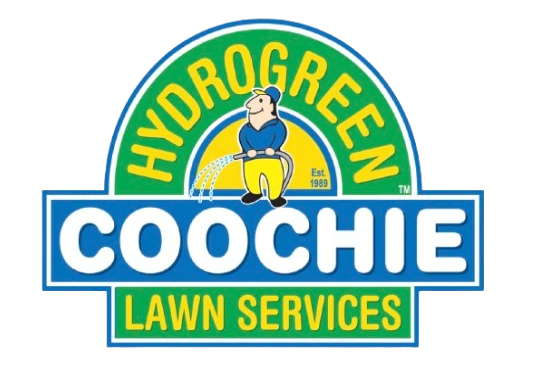As spring awakens nature from its wintry slumber, it’s the perfect time to breathe new life into your lawn. With the warming temperatures and longer daylight hours, your grass starts to flourish, and so does the need for lawn treatment, lawn pest treatment, and lawn pest control. However, it’s crucial to remember that while nurturing your lawn, you should also prioritise safety. In this comprehensive guide, we’ll explore essential spring lawn care safety tips to help you maintain a lush, pest-free lawn without compromising your well-being.
Safety Precautions for Using Lawn Care Equipment:
- Wear protective gear:
- Safety Goggles: Safety goggles or glasses protect your eyes from flying debris, dust, and any potential objects that could be propelled by the equipment. They create a barrier between your eyes and potential hazards, reducing the risk of eye injuries.
- Gloves: Durable, well-fitting gloves safeguard your hands and fingers. They provide a better grip on equipment handles, reduce vibration-related discomfort, and shield your skin from cuts, blisters, or contact with chemicals.
- Ear Protection: Ear protection, such as earmuffs or earplugs, guards against hearing damage caused by the loud noise generated by some lawn care equipment, like lawnmowers or leaf blowers.
- Sturdy Closed-Toe Shoes: Closed-toe shoes with thick soles offer protection against objects you might inadvertently step on while operating equipment. They also provide better stability on uneven terrain and reduce the risk of foot injuries.
- Read the Manuals:
- Manufacturer’s instructions and manuals provide essential information about your specific lawn care equipment. Key details include:
- Safety Features: Manuals describe the safety features of the equipment, such as blade guards, kill switches, and safety interlocks. Understanding these features helps you use them effectively.
- Maintenance Guidelines: Manuals offer insights into equipment maintenance, including oil changes, air filter replacements, and blade sharpening. Proper maintenance ensures that the equipment runs smoothly and safely.
- Proper Usage: Manuals explain how to use the equipment correctly, including starting procedures, operating speeds, and recommended accessories. Following these instructions minimises the risk of accidents caused by misuse.
- Inspect and maintain equipment:
- Regular equipment inspection is crucial to identify any signs of wear, damage, or malfunction. Here’s what to look for:
- Blades: Check blades for sharpness, balance, and any visible damage. Dull or imbalanced blades can result in uneven cutting and potential hazards.
- Moving Parts: Examine moving parts, such as belts, chains, and pulleys, for wear or fraying. Lubricate these parts as recommended in the manual to prevent overheating or breakdowns.
- Electrical Components: For electric equipment, inspect cords, plugs, and switches for damage. Ensure that electrical connections are secure to prevent electrical shocks.
- Clear the area:
- Before starting any machinery, inspect your lawn for obstacles and debris. Remove all toys, rocks, sticks, and other items from the area that the machinery could pick up and throw.
- Removing obstacles reduces the risk of accidents caused by flying debris and ensures that the equipment can move smoothly without obstructions.
- Additionally, inspect the area for hidden hazards, like tree roots, holes, or uneven ground, which could cause you to lose control of the equipment.
Protecting Yourself from Pesticides and Chemicals:
- Choose Safe Products: When selecting products for lawn pest treatment, opt for those labelled as safe for residential use. Always follow the manufacturer’s instructions for proper application, dosage, and safety precautions.
- Store Chemicals Safely: If you have to store pesticides and chemicals, do so in a secure, well-ventilated area away from children and pets. Use sturdy containers with childproof lids, and label them clearly.
- Protect Your Skin: When handling lawn pest treatment products, you need to wear long sleeves, pants, and chemical-resistant gloves to minimise skin exposure. In case of accidental contact with chemicals, rinse affected areas thoroughly with water.
- Avoid Windy Days: Apply pesticides on calm, wind-free days to prevent the chemicals from drifting and affecting unintended areas or people. Always follow the recommended weather conditions for application.
Staying Safe While Enjoying Your Spring Lawn:
Stay Hydrated: Spring lawn care often involves physically demanding tasks like mowing, weeding, and landscaping. With the sun shining and temperatures rising, it’s crucial to stay hydrated. Dehydration can lead to fatigue, dizziness, and even accidents, so keeping a water bottle handy is essential.
Take Breaks: As you tackle various lawn care tasks, remember the importance of pacing yourself. Avoid overexertion by taking regular breaks. This practise helps prevent muscle strain, heat exhaustion, and other potential health issues. During your breaks, find a shady spot to rest, hydrate, and cool down.
Watch for Allergies: Spring is a season of blooming flowers and grass, but it can also be a season of allergies for some individuals. If you have known allergies to grass or pollen, take precautions. Here’s what you can do:
- Wear a Mask: When working in the yard, especially while mowing or raking, consider wearing a mask that covers your nose and mouth. This helps filter out allergens and prevents inhalation of pollen and grass particles.
- Antihistamines: Consult a healthcare professional if you have allergies. They can recommend suitable antihistamines or allergy medications to mitigate your allergic reactions during lawn care.
Child and Pet Safety: Ensuring the safety of children and pets is paramount during lawn care activities. Lawn care equipment, chemicals, and freshly treated lawns can pose risks to their well-being. Here are some safety measures to consider:
- Keep Them Away: While operating lawn care equipment, such as lawnmowers or trimmers, make sure children and pets are safely indoors or in an area away from the work zone. This prevents accidents and injuries caused by accidental contact with moving equipment.
- Chemical Applications: If you’re using pesticides or other chemicals on your lawn, keep children and pets away during and after application. Wait until you make sure the lawn is dry and safe before allowing them to play outside. Always follow the recommended waiting period specified on the product label.
By following these spring lawn care safety tips, you can ensure that your lawn thrives while keeping yourself and your loved ones protected. With a safe approach to lawn treatment and pest control, you can revel in the beauty of your lush spring oasis without worry.



